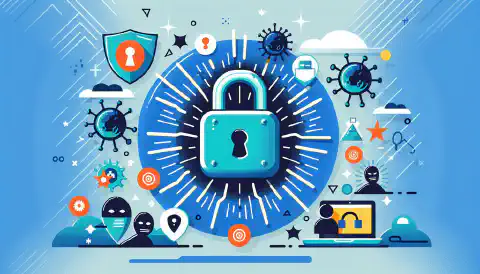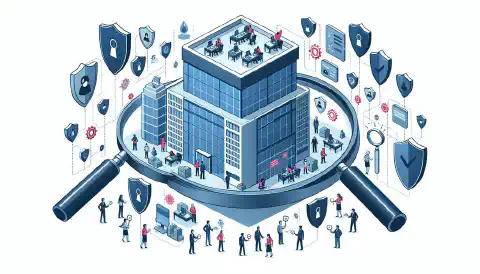Secure Coding Practices for Web Development: A Beginner’s Guide

Table of Contents
In today’s digital age, web development is a rapidly growing field. Websites and applications are a vital component of businesses and organizations, and as such, security is of utmost importance. In this beginner’s guide, we will explore some essential secure coding practices to follow in web development. By the end of this article, you will have a solid understanding of how to build secure web applications and reduce the risk of cyber attacks.
Understanding the Basics
Before delving into secure coding practices, it’s important to have a basic understanding of the cybersecurity landscape. Cyber attacks are a constant threat, and as a web developer, you must take the necessary measures to protect your website and user data.
Common Cyber Attacks
Some common types of cyber attacks include:
- SQL injection attacks: Attackers use SQL injection to access sensitive data from databases. This attack can be prevented by validating user input and using parameterized queries.
- Cross-site scripting (XSS): Attackers inject malicious scripts into web pages to steal user data or hijack user sessions. This attack can be prevented by sanitizing user input and encoding output.
- Cross-site request forgery (CSRF): Attackers trick users into executing unwanted actions on a web application. This attack can be prevented by using anti-CSRF tokens and validating the origin of the request.
OWASP Top Ten
The Open Web Application Security Project (OWASP) publishes a list of the top ten most critical web application security risks. These include:
- Injection flaws
- Broken authentication and session management
- Cross-site scripting (XSS)
- Broken access controls
- Security misconfigurations
- Insecure cryptographic storage
- Insufficient transport layer protection
- Improper error handling
- Insecure communication between components
- Poor code quality
Best Practices
Use a Secure Development Lifecycle (SDLC)
A Secure Development Lifecycle (SDLC) is a set of processes that integrates security into the development process. This helps identify and mitigate security risks early on in the development cycle. An SDLC includes the following phases:
- Planning
- Requirements gathering
- Design
- Implementation
- Testing
- Deployment
- Maintenance
Validate Input and Escape Output
Input validation is the process of checking user input to ensure it conforms to expected data formats and values. Output escaping is the process of encoding data to prevent it from being interpreted as code. Properly validating input and escaping output can prevent SQL injection, XSS, and other types of attacks.
Use Secure Communication Protocols
Web applications should use secure communication protocols such as HTTPS to encrypt data in transit. HTTPS ensures that data cannot be intercepted or modified by attackers. Additionally, it’s essential to use secure authentication mechanisms such as OAuth, OpenID, or SAML.
Implement Access Controls
Access controls are used to limit access to resources based on user roles and permissions. Proper access controls can prevent unauthorized access to sensitive data and functionality. It’s also important to follow the principle of least privilege, which means granting users only the minimum permissions required to perform their tasks.
Secure Storage and Handling of Data
Sensitive data such as passwords, credit card information, and personal information should be stored securely. Passwords should be hashed and salted, and credit card information should be encrypted. Additionally, it’s important to securely handle data by validating user input, using prepared statements, and properly disposing of sensitive data.
In conclusion, web application security is crucial, and as a web developer, it’s your responsibility to ensure that your applications are secure. By following these secure coding practices and staying up to date with the latest security threats and countermeasures, you can help protect your website and user data from cyber attacks. Remember, security is not a one-time effort but an ongoing process that requires continuous attention and effort.
References
- OWASP Top Ten Project. (n.d.). Retrieved February 28, 2023, from https://owasp.org/Top10/






